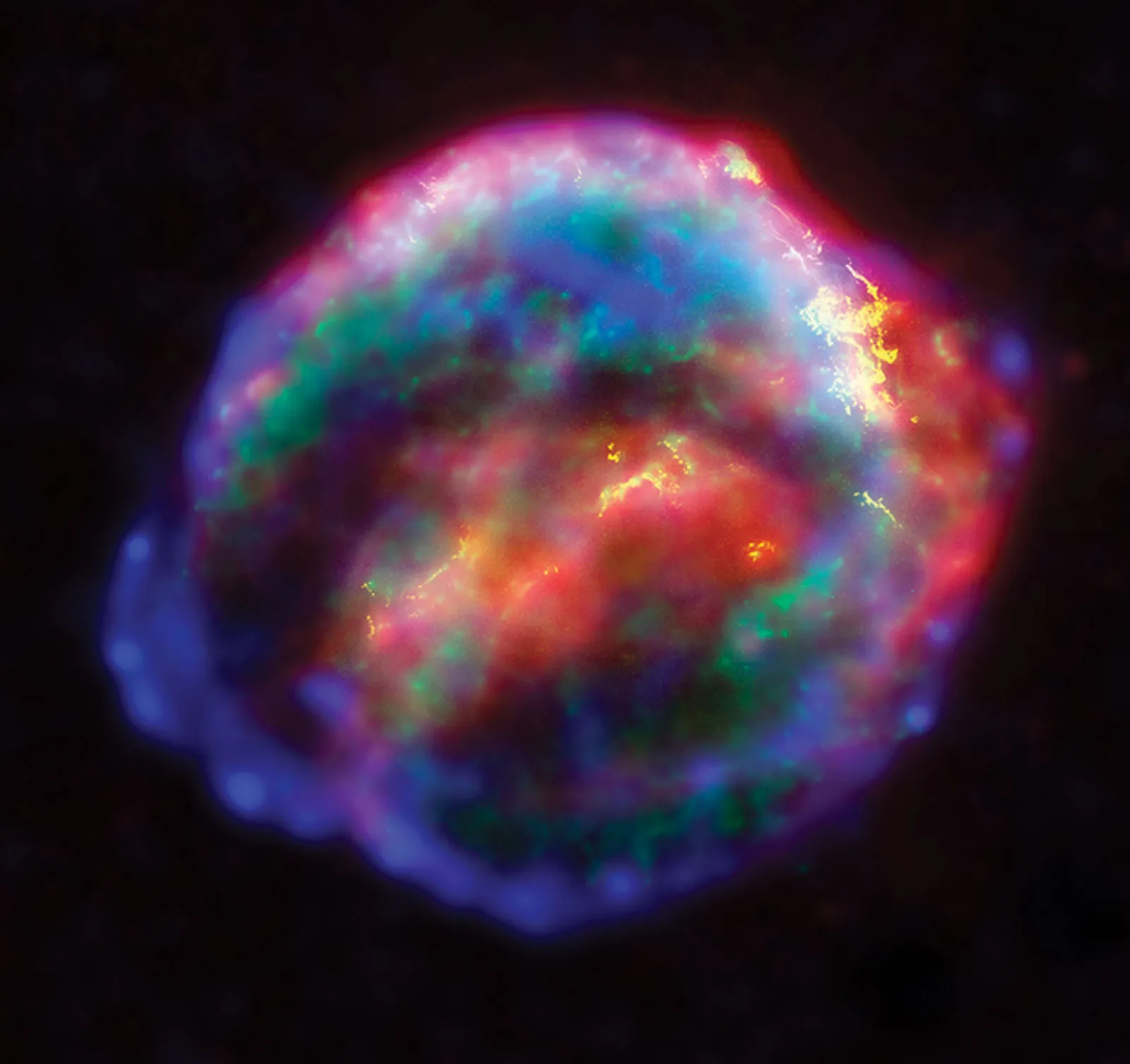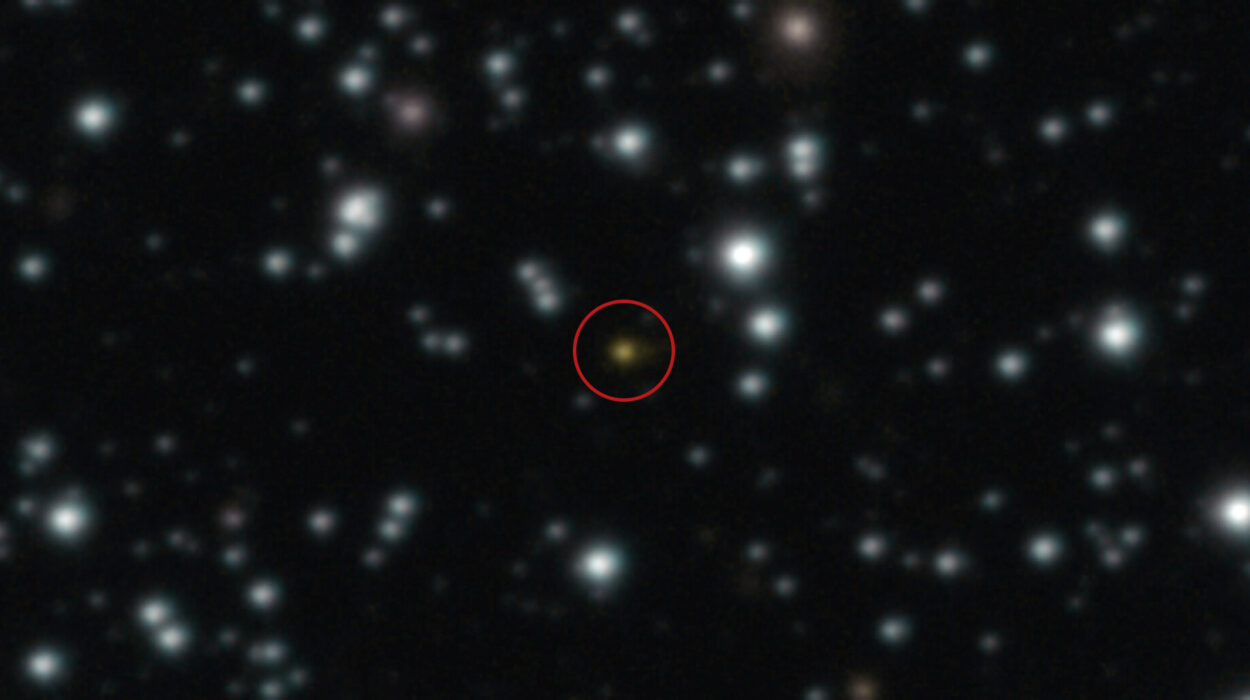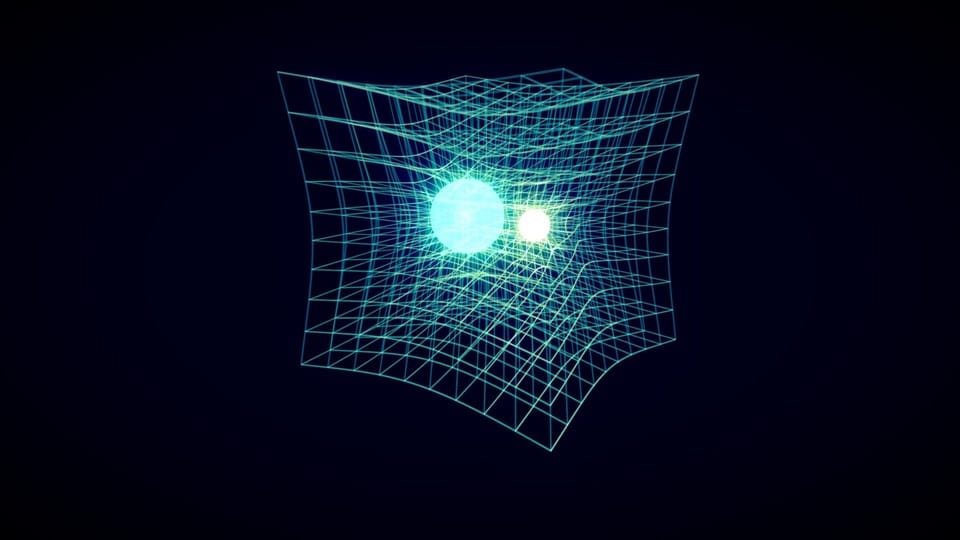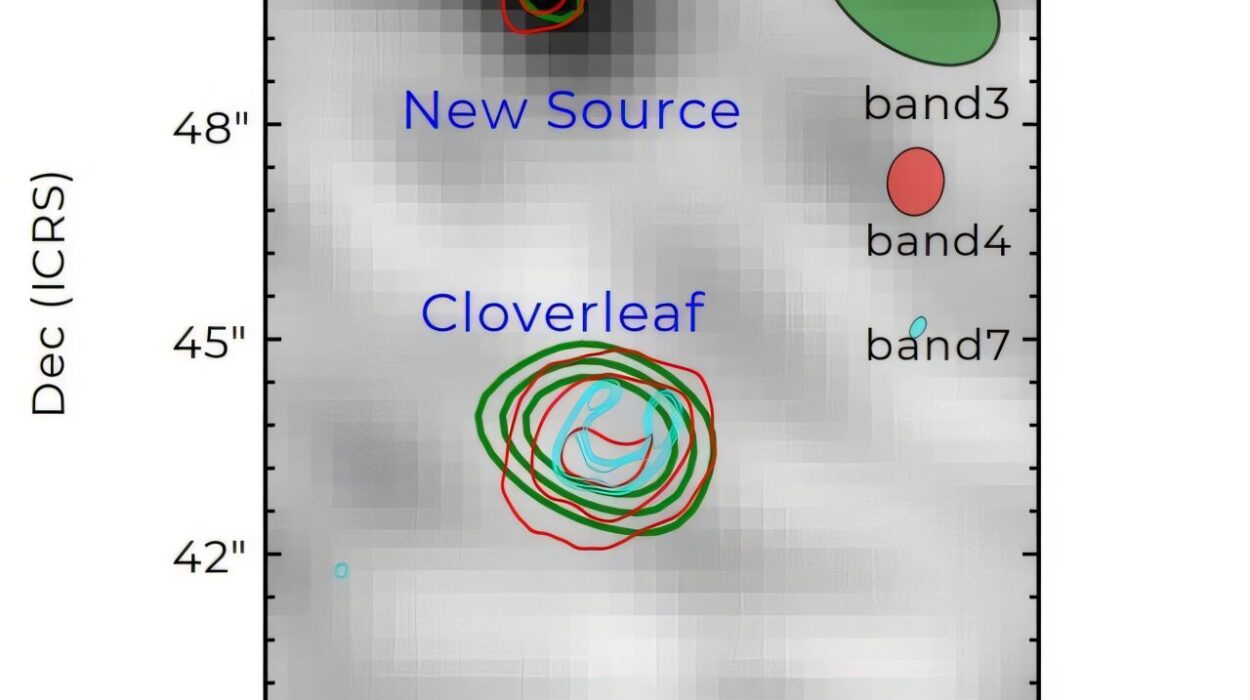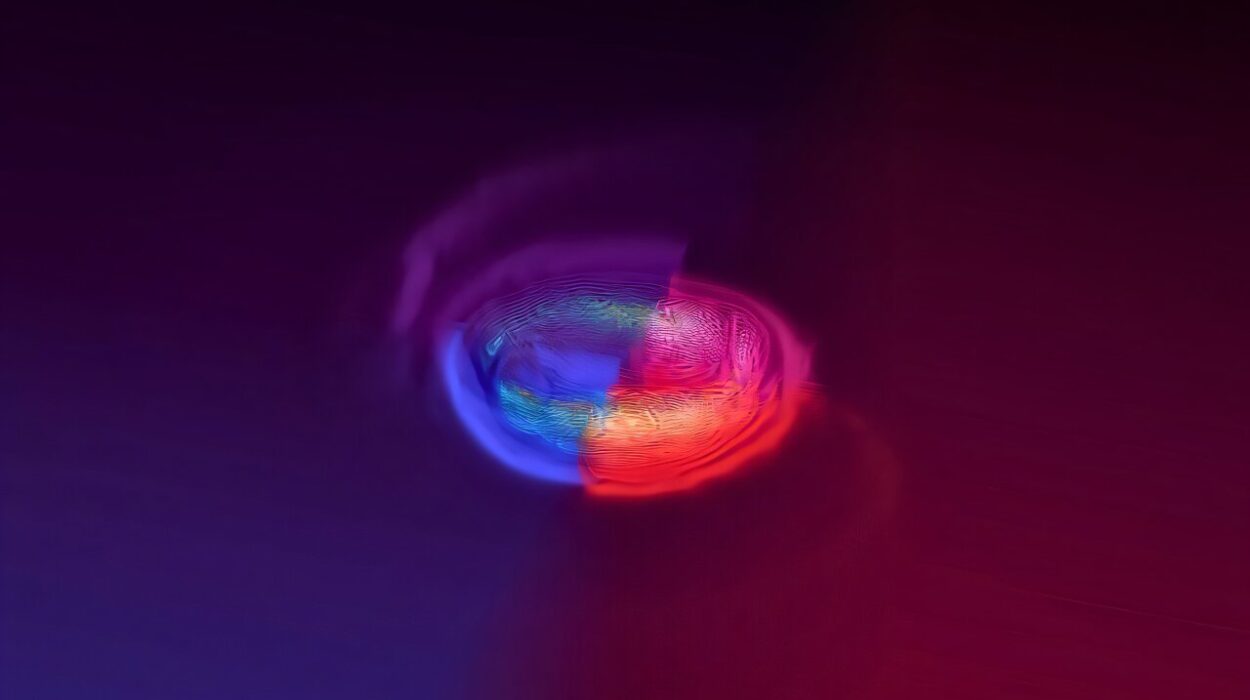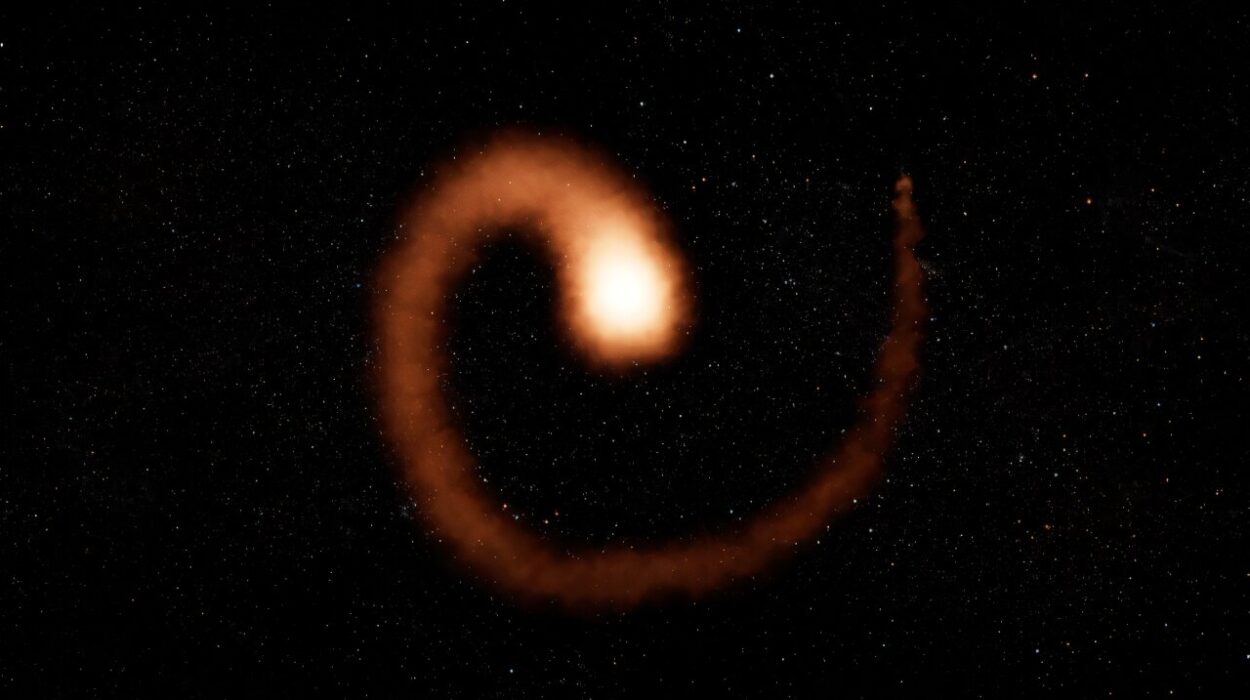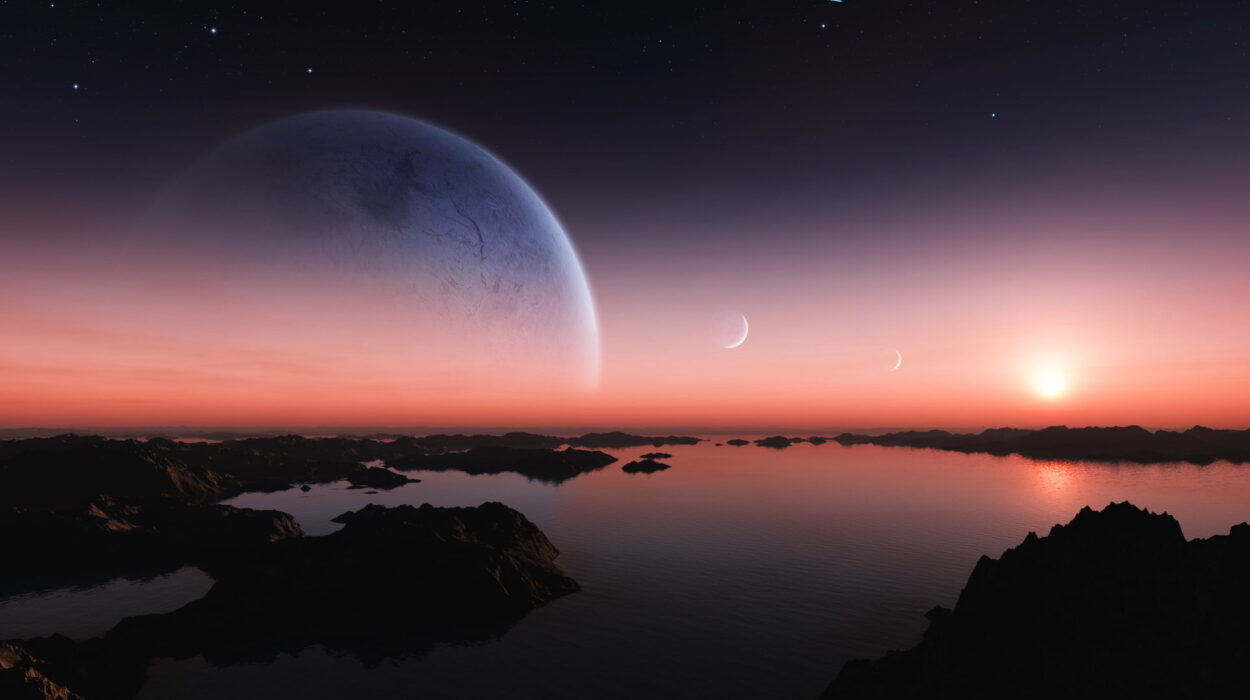Stars are often thought of as eternal, glowing beacons of light that twinkle in the night sky. From our vantage point here on Earth, they appear fixed, serene, and unchanging. Yet, the true life of a star is anything but static. Deep within their fiery cores, stars live lives of tumultuous energy, battling forces that seek to both create and destroy them. And for some stars, their story ends in one of the most dramatic, awe-inspiring events in the universe: a supernova.
A supernova isn’t merely the death of a star—it’s a cataclysm, a cosmic detonation that outshines entire galaxies for a brief time. In that moment, a supernova can release more energy than our Sun will emit in its entire lifetime. But this destructive force is also a creator. From the ashes of a dying star are born the building blocks of life: the heavy elements that make up planets, oceans, and even us.
In this essay, we will journey through the life cycle of a supernova. We’ll explore the lives of the massive stars that meet this explosive end, the processes that trigger their spectacular deaths, and the remnants they leave behind. We’ll also peer into the role supernovae play in the cosmic ecosystem and their profound significance in shaping the universe.
Birth of a Giant: The Making of a Massive Star
Every supernova story begins with a star—but not just any star. To die in a supernova explosion, a star must be massive—at least eight times more massive than our Sun. These colossal stars are born in stellar nurseries: immense clouds of gas and dust scattered throughout galaxies, known as nebulae.
Inside a nebula, gravity begins to tug on clumps of hydrogen and helium gas. As the gas contracts, it heats up, forming a protostar. Over millions of years, this protostar gathers more material, growing in size and temperature until it ignites nuclear fusion in its core. This marks the birth of a main-sequence star.
A massive main-sequence star lives a fast, furious life. While smaller stars, like our Sun, can burn their fuel leisurely for billions of years, massive stars are gluttonous consumers of their hydrogen fuel. They burn hotter and brighter, living only for millions—sometimes just a few million—years. But their brief lives are anything but boring.
The Balance of Forces: Gravity vs. Fusion
The life of any star is a delicate balancing act between two titanic forces: gravity and fusion.
- Gravity pulls the star’s material inward, trying to collapse it under its own immense weight.
- Fusion, the process of combining lighter atoms like hydrogen into heavier ones like helium, releases an enormous amount of energy. This energy pushes outward as radiation and thermal pressure.
As long as a star has fuel to fuse in its core, this balance holds. Fusion creates an outward pressure that counteracts gravity’s inward pull, keeping the star stable.
But for massive stars, there’s a twist. Their immense gravity means they must burn their fuel at a tremendous rate just to keep from collapsing. As a result, they race through their nuclear fuel much faster than their smaller, less massive counterparts.
Life on the Edge: The Late Stages of Stellar Burning
When a massive star exhausts its core hydrogen, it begins to fuse helium into heavier elements, such as carbon and oxygen. The process continues in layers, much like an onion, with each new fusion reaction requiring more heat and pressure to begin.
Here’s how it unfolds:
- Hydrogen fusion produces helium.
- Once hydrogen is depleted in the core, helium fusion starts, creating carbon and oxygen.
- After helium is used up, the core fuses carbon into neon, sodium, and magnesium.
- Next comes neon fusion, then oxygen fusion, and finally silicon fusion, which creates iron in the core.
Each successive stage of fusion occurs more rapidly than the last. While hydrogen burning can last millions of years, silicon burning to iron happens in mere days. This furious, accelerated burning signals the star’s approaching doom.
Iron: The Star’s Kryptonite
Why is iron such a big deal in the life of a star? It all comes down to energy.
Fusion reactions up to the formation of iron release energy, helping to support the star against gravitational collapse. But iron is unique—it does not release energy when fused. Instead, it consumes energy. Once a star accumulates an iron core, fusion ceases to be an energy source. Without an outward push from fusion, gravity wins the battle.
The core begins to collapse under its own weight. In less than a second, the core collapses from something the size of Earth to something just a few kilometers across, reaching densities greater than anything we can truly comprehend.
What happens next is the beginning of a supernova.
The Supernova Explosion: Death and Rebirth
The collapse of the iron core is sudden and catastrophic. The core implodes until it reaches nuclear densities—the density of an atomic nucleus. At this point, the collapse halts abruptly, and the inner core becomes incredibly stiff and incompressible. This sudden stop sends a shockwave ricocheting outward.
But the shockwave alone isn’t enough to cause the supernova. As the shockwave moves through the star’s outer layers, it initially stalls. However, intense neutrino emissions—particles generated by the collapse—flood out from the core, carrying away an enormous amount of energy. Some of these neutrinos transfer their energy to the stalled shockwave, revitalizing it.
The result is an outward explosion of staggering proportions. The outer layers of the star are blasted into space at speeds of tens of thousands of kilometers per second. The energy released in a core-collapse supernova is so great that, for a brief time, the star outshines its entire galaxy.
Types of Supernovae: Different Paths to Oblivion
Supernovae come in different varieties, depending on the circumstances of the star’s death. Here are the main types:
Core-Collapse Supernovae (Type II, Ib, Ic)
These result from the collapse of massive stars.
- Type II supernovae show strong hydrogen lines in their spectra.
- Type Ib supernovae have lost their outer hydrogen layers before exploding.
- Type Ic supernovae have lost both hydrogen and helium envelopes.
Thermonuclear Supernovae (Type Ia)
These supernovae occur in white dwarfs, the remnants of low- to medium-mass stars. If a white dwarf accumulates enough material from a companion star, it can reach a critical mass and undergo uncontrolled carbon fusion, leading to a thermonuclear explosion. Type Ia supernovae are essential as standard candles in measuring cosmic distances.
The Aftermath: What Remains After the Fireworks
What remains after a supernova depends on the mass of the original star’s core.
Neutron Stars
If the core left behind is between about 1.4 and 3 times the mass of the Sun, it becomes a neutron star. Neutron stars are incredibly dense—just a teaspoon of neutron star material would weigh billions of tons on Earth. These stars often spin rapidly, emitting beams of radiation from their magnetic poles. When these beams sweep past Earth, we observe them as pulsars.
Black Holes
If the core exceeds around 3 solar masses, gravity overwhelms all other forces, and the core collapses into a black hole—a region of space from which not even light can escape. Black holes are among the most enigmatic and fascinating objects in the cosmos.
Supernova Remnants
The expelled outer layers form a supernova remnant: an expanding shell of gas and dust, often creating stunning nebulae. One famous example is the Crab Nebula, the remnants of a supernova observed by Chinese astronomers in 1054 CE.
The Cosmic Role of Supernovae: Seeding the Universe
Supernovae are not just spectacular light shows; they are critical to the evolution of the universe.
Creation of Heavy Elements
Elements heavier than iron—like gold, uranium, and platinum—are forged in the extreme conditions of a supernova explosion. These elements are flung into space, becoming part of new stars, planets, and eventually, life.
Triggering Star Formation
The shockwaves from supernovae can compress nearby gas clouds, triggering the formation of new stars. In this way, the death of one star can give birth to many others.
Cosmic Recycling
The material ejected by supernovae becomes part of the interstellar medium—the vast regions of gas and dust that fill galaxies. This material is recycled over and over, building new generations of stars and planetary systems.
Supernovae and Humanity: Observing and Understanding
Throughout history, humans have witnessed supernovae and recorded them with awe and reverence.
Historical Supernovae
- In 1054 CE, Chinese and Arab astronomers recorded a “guest star” that was visible in daylight for weeks. This was the Crab Supernova.
- In 1572, Danish astronomer Tycho Brahe observed a supernova in the constellation Cassiopeia.
- Johannes Kepler documented another in 1604, known as Kepler’s Supernova.
Modern Observations
With modern telescopes and instruments, astronomers now routinely observe supernovae in distant galaxies. The discovery of SN 1987A, a supernova in the Large Magellanic Cloud, provided an unprecedented opportunity to study the phenomenon up close.
Supernovae and the Fate of the Universe
Supernovae are crucial in understanding the fate and structure of the universe.
- Type Ia supernovae are used as standard candles to measure cosmic distances. Observations of these explosions revealed that the universe’s expansion is accelerating, leading to the discovery of dark energy.
- Supernovae provide insights into the life cycles of stars, galaxy evolution, and the distribution of elements in the universe.
Conclusion: The Epic Cycle of Death and Rebirth
A supernova marks both an end and a beginning. The death of a star in a supernova explosion is one of the universe’s most violent events, but from its destruction comes creation. The elements forged in the heart of a dying star are the very same that make up the Earth—and us.
As Carl Sagan famously said, “We are made of star-stuff.” Every atom of calcium in your bones, iron in your blood, and oxygen you breathe was forged in the core of a star or scattered by a supernova explosion billions of years ago.
The life cycle of a supernova tells us an epic story: of a star’s birth in clouds of gas, its life balancing the forces of gravity and fusion, and its fiery death that seeds the cosmos with the ingredients of life. And as we gaze up at the stars, we are reminded that we, too, are part of this grand cosmic dance.
